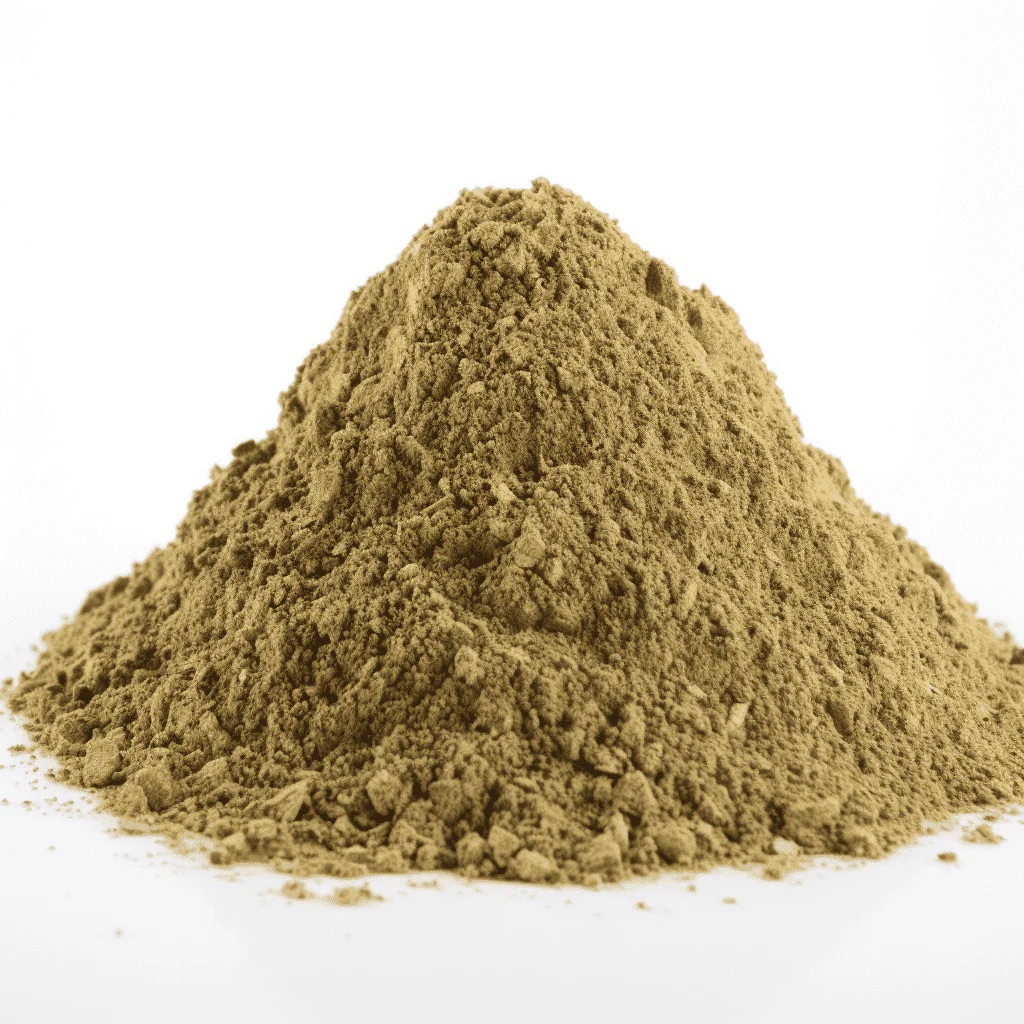Introduction
When it comes to cannabis concentrates, two of the most popular and traditional forms are hash and kief. Both are derived from the trichomes of the cannabis plant, but they differ in their production methods, potency, and use. Whether you’re a seasoned cannabis enthusiast or new to concentrates, understanding the differences between hash and kief can help you make the most of these potent cannabis products.
What is Kief?

Kief refers to the collection of resinous trichomes that fall off the cannabis plant. These trichomes contain high concentrations of cannabinoids (like THC and CBD) and terpenes, which are responsible for the plant’s effects, aroma, and flavor.
How is Kief Collected?
Kief is often collected using a three-chamber grinder. As you grind your cannabis, the smallest particles, including trichomes, fall through a screen into the bottom chamber of the grinder. Over time, this fine powder accumulates and can be used in various ways.
Uses of Kief
Kief is incredibly versatile and can be used in several ways:
- Sprinkling on Joints or Bowls: One of the simplest ways to use kief is to sprinkle it on top of a bowl or inside a joint for an extra kick of potency.
- Pressing into Hash: Kief can be pressed together to form hash, which is a more concentrated form of cannabis.
- Making Edibles: Kief can be infused into butter or oil and used to make potent cannabis edibles.
- Vaporizing: Kief can also be vaporized, offering a cleaner, more potent experience compared to smoking.
What is Hash?

Hash, short for hashish, is a concentrated form of cannabis made by compressing and processing kief or other resin glands from the plant. Hash has been used for centuries and is known for its high potency and distinct flavor profile.
How is Hash Made?
There are various methods to produce hash, but the most common techniques include:
- Dry Sifting: This traditional method involves sifting cannabis through a series of fine screens to collect kief, which is then pressed into hash.
- Ice Water Extraction: Also known as bubble hash, this method uses ice water to separate trichomes from the plant material. The trichomes are then collected, dried, and pressed into hash.
- Heat and Pressure: After collecting kief, it can be pressed using heat and pressure to create hash. The application of heat helps to bind the trichomes together, resulting in a more solid, concentrated form.
Types of Hash
- Dry Sift Hash: Made by sifting kief and pressing it into a solid form. This type of hash is usually light brown or golden.
- Bubble Hash: Made using ice water extraction. Bubble hash is often higher in purity and potency compared to dry sift hash, and it ranges in color from light amber to dark brown.
- Charas: A traditional form of hash made by hand-rolling the resin off fresh cannabis flowers. Charas is common in regions like India and Nepal.
Uses of Hash
Like kief, hash can be used in several ways:
- Smoking: Hash can be crumbled and added to a joint, bowl, or pipe for smoking. It burns more slowly than regular cannabis, offering a longer-lasting experience.
- Vaporizing: Hash can be vaporized using a specialized vaporizer designed for concentrates, providing a potent and flavorful experience.
- Edibles: Hash can be decarboxylated (heated to activate the cannabinoids) and infused into cooking oils or butter for making edibles.
Hash vs. Kief: Key Differences
While hash and kief both originate from trichomes, they differ in several key ways:
Production:
- Kief: Collected by sifting or grinding cannabis, kief is essentially loose trichomes.
- Hash: Hash is made by compressing or processing kief or resin glands, often involving additional steps like applying heat or ice water extraction.
Potency:
- Kief: Generally potent but can vary based on the quality of the cannabis and the method of collection.
- Hash: Typically more potent than kief due to the compression and concentration of trichomes.
Texture:
- Kief: Fine, powdery texture that can be sticky due to its resin content.
- Hash: Solid and often sticky, depending on the production method.
Conclusion
Both hash and kief are cherished forms of cannabis concentrates, each offering a unique experience. Whether you prefer the simplicity and versatility of kief or the potent, traditional appeal of hash, both forms provide a potent and flavorful way to enjoy cannabis. Understanding the differences between hash and kief allows you to choose the right product for your needs, whether you’re looking to enhance a joint, create edibles, or explore new ways to consume cannabis.


